FLOW Tuscaloosa merges streams of art, history and ecological concerns
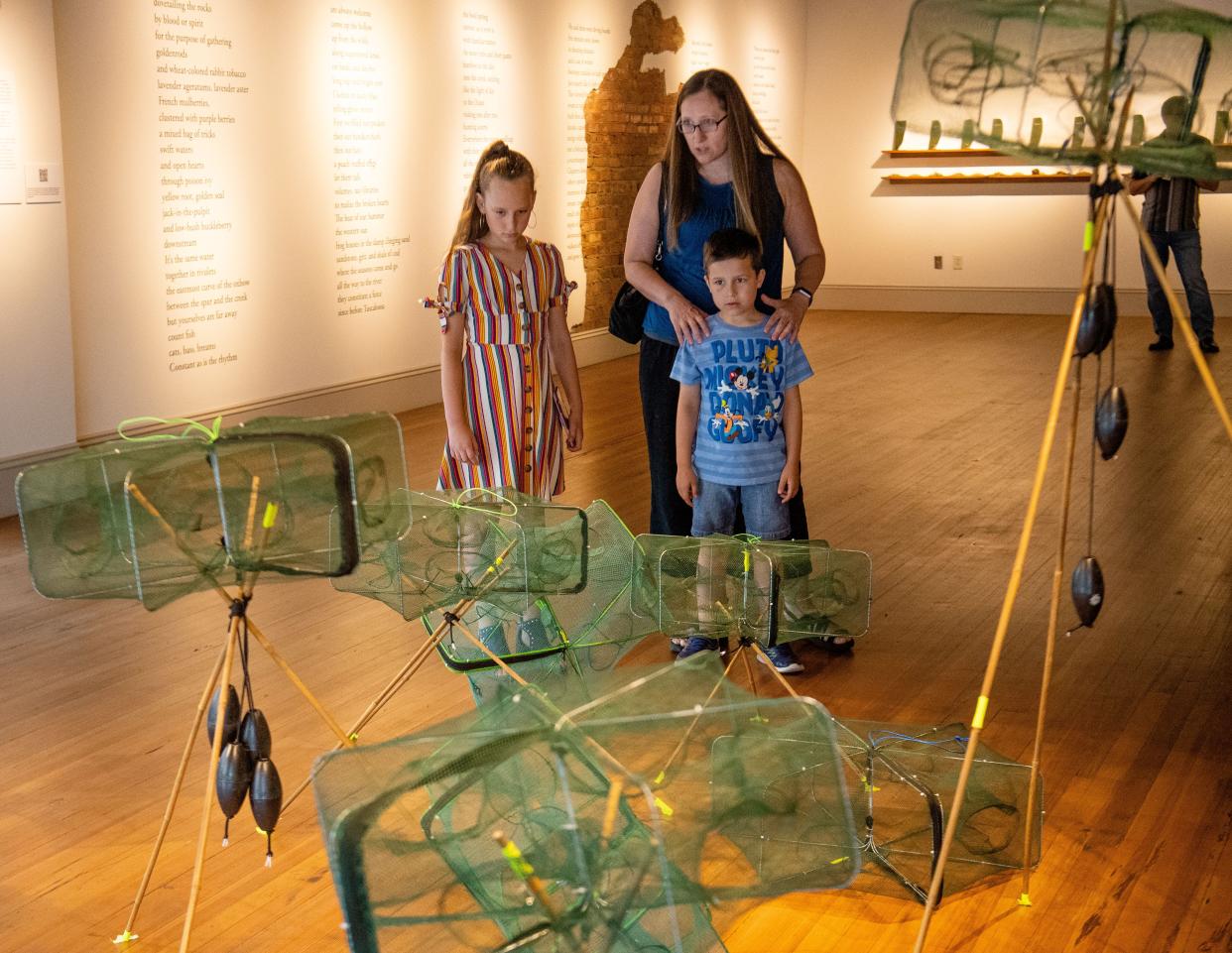
FLOW Tuscaloosa's name can rise through numerous levels. In its most direct sense, as a cross-disciplinary group inspiring appreciation of and protection for the Black Warrior River and its tributaries, that literal flow refers to movement of energies or matter through currents.
Flow can also refer to steady change, to progress; to a movement of people working toward a common goal. It can refer to copiousness, or suggest a cause to an effect. In psychological terms, flow state indicates being fully engaged, energized, hyper-focused; in the zone.
Over the roughly three years of FLOW Tuscaloosa's existence, the group of artists, historians, environmentalists, activists, educators and other advisers have plumbed depths, with efforts rising this spring and summer.
On May 21, a resplendent array of lights shining through colored papers — guided and fashioned by FLOW Tuscaloosa's school and public workshops over recent months — created a kaleidoscopic lantern parade along the Riverwalk, glowing through the green in man-made visions not seen since the holiday-themed Tinsel Trail moved away to Government Plaza last year.
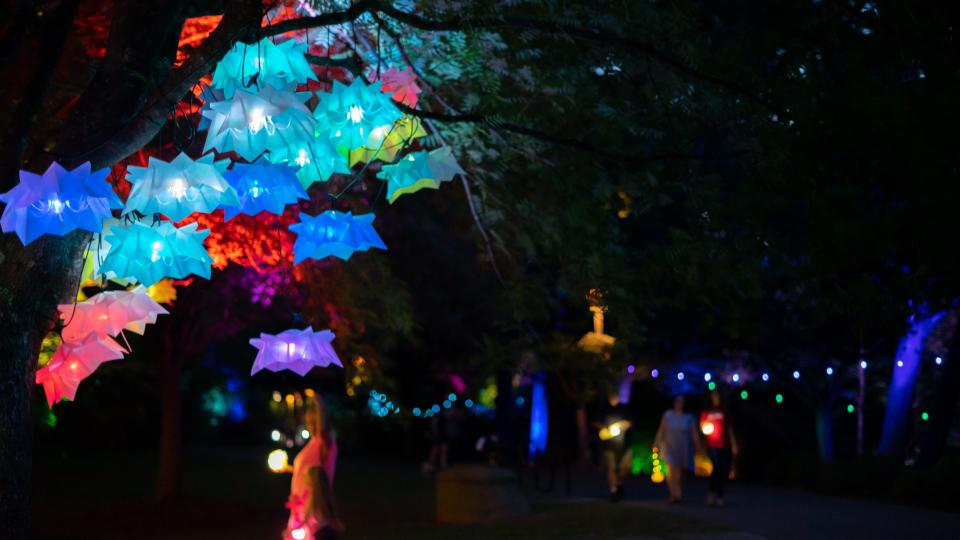
The symbolism was intentional, and direct, said FLOW co-founder Julia Brock, an assistant professor of history at the University of Alabama.
"Through a kind of participatory art-making, we're asking people to see places in a new light," she said, "to pay attention to place a little differently."
PROMOTION APPROVED: Interim president to fill role full-time at Shelton State Community College
Her FLOW partner, artist and educator Jamey Grimes, lead workshops at the Dinah Washington Cultural Arts Center, the Druid City Arts Festival, and in schools public and private, city and county, guiding participants to symbolize the history and ecology of Tuscaloosa's waterways.
People notice dramatic sunsets or thunderstorms, because of their vividly clashing contrasts, Grimes said, but FLOW hopes to draw attention to quieter times and places.
"If you notice certain patterns of beauty in a single moment, we're sort of training the eye to find that," said Grimes, who teaches sculpting and museum studies at UA.
"I think about how much time is spent looking down at our phones, instead of up at the sky; but all these elements of beauty you can find even on a really calm day."
With the lantern parade, FLOW hoped to create "... a, kind of magical experience that grabs people's imaginations," he said.
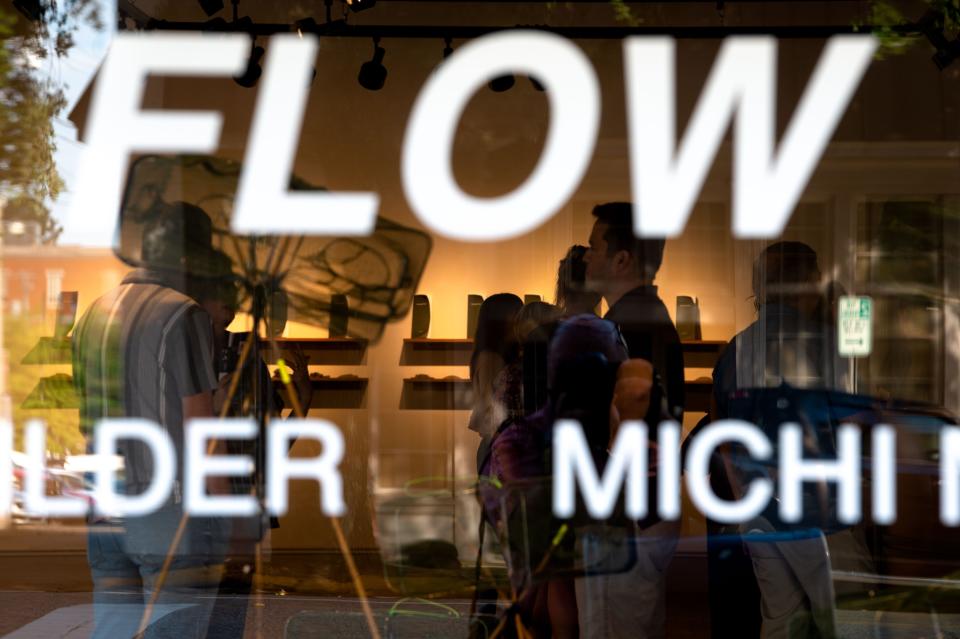
The lantern parade led to a reception event at the Mildred Westervelt Warner Transportation Museum, built around the "Swimming Together" exhibit, a collaboration between the museum and FLOW.
"Swimming Together" explores the history of public swimming in Tuscaloosa, in an ideal location, as the site was constructed as the Queen City Pool and Bathhouse, one of Frank Lloyd Wright apprentice Don Buel Schuyler's more extravagant explorations of Art Deco style in Tuscaloosa. Federal dollars helped renovate the facilities, after many years laying fallow, and create the museum, although the pool has long been filled in and covered.
On the recent June 3 First Friday art walk, a pair of exhibits titled "Flow" opened downtown in the Paul R. Jones Gallery and a few blocks away, in the University of Alabama Gallery at the Dinah Washington Cultural Arts Center. That contains works by Tony Bigham, Boo Gilder, Michi Meko and Kelly Taylor Mitchell, interpreting and examining the history of Tuscaloosa waterways.
Grow with the FLOW
FLOW grew from a merging of concerns about our history and environment, where we should focus, how we should team and combine efforts. Grimes and Brock met as fellows of UA's Collaborative Arts Research Initiative (CARI), an interdisciplinary, arts-focused research engine driven by faculty, an offshoot of now-defunct Creative Campus Initiative, which helped create DCAF more than a decade ago. They bonded over common ground, much as banks of rivers nestle into the land.
"I'm constantly trying, as an artist, to figure out how to engage my public, my viewers, my audience, my whatever," Grimes said. "All those terms carry a certain weight, as though I'm the performative element, and they just show up and watch things."
He'd prefer to engage with others in more active creative roles, as seen by the workshops leading to the lanterns.
"It's the idea that we can all build something together," Grimes said. "It's the bones of the way community can work."
As a Tuscaloosa native, Grimes grew up near Hurricane Creek . FLOW was partly inspired by the successes of John Wathen, the creek-keeper, whose stewardship has helped keep clean the park, its bends, whitewaters, pools and falls, and helped ensure regulations have been followed, as well as foreseeing needs for further action.
"There's a lot of jeopardy to an environment like Hurricane Creek, and it would be very easy, in Alabama, to not maintain that, to let it slip away," Grimes said. "To not watch it get worse, but to watch it get better, makes me feel good about moving forward.
"We wanted to build a positive force around this sort of champion moment, and promote what's here. A lot of people aren't aware of our beautiful park spaces, and the diversity of the ecosystems."
Melding in her work with the Selvage Collective, a curatorial project bringing alternative narratives to life via research, writing and exhibits, Brock helped find the artists to envision the Druid City and its environs for the "Flow" dual exhibition. She's also been charged with social media engagement, which has exceeded expectations.
"We were thinking we'd find maybe 50 with similar interests, but about 1,500 people have engaged with us, in some way or another," she said.
Building momentum
Another barometer of FLOW's forward movement can be seen in its partnerships with UA museums, CARI, the city of Tuscaloosa, Friends of Hurricane Creek, Black Warrior Riverkeeper and others. They've landed an NEA Our Town grant, intended to spur community engagement; such prestige helps legitimize the group, and draw more notice.
Once people have joined, whether by building a lantern, sharing a story about swimming experiences growing up, or visiting and viewing FLOW's other offerings, Grimes and Brock hope to lead them to next steps, to positive action.
"What we want to achieve is a sense of momentum, some forward entropy that gets people from the community to feel like they can be a part of something," Grimes said. "When we achieve that, we've got this tool for more pointed successes in terms of conservation and stewardship. We're sort of cheerleaders for those causes."
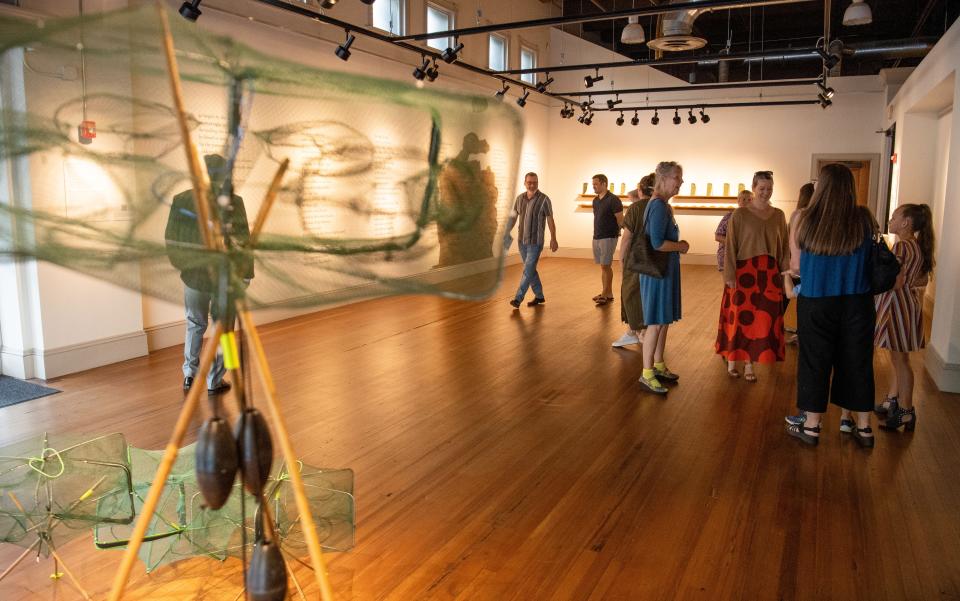
Involvement in a cause derives from awareness of the need, Brock said.
"We're asking them to go one step forward, sign up for cleanup days, find out who their stewards are, and become stewards themselves," she said.
Inspired by Wathen's successful agency eliciting transformation, Brock and Grimes think about what FLOW does as instilling an ethos of place-keeping, both environmental and historical.
Though he's used to falling in the otherly-directed minority, Grimes said, he believes FLOW may find ways to reach wider.
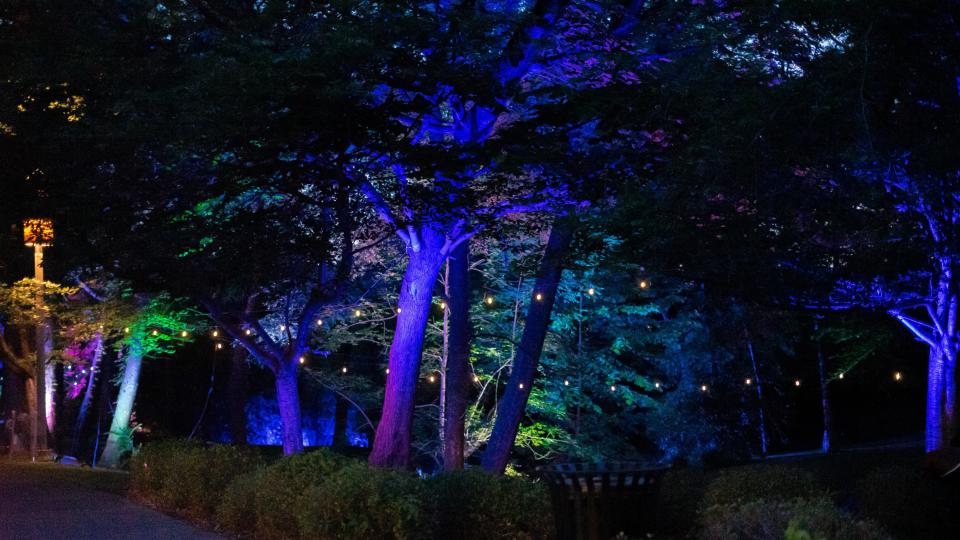
"We need more 'good strange' in Tuscaloosa," he said. "I really want to be a better listener. I don't want to go into a conversation already with an idea of what a victory would be.
"I want this to be a conversation with Tuscaloosa, not a one-off."
To learn more, see www.flowtuscaloosa.com. The "Swimming Together" exhibit remains on display at the MWWTM through Aug. 27. For more on that, see www.transportation.museums.ua.edu/swimmingtogether.
This article originally appeared on The Tuscaloosa News: FLOW Tuscaloosa merges streams of art, history, ecological concerns

